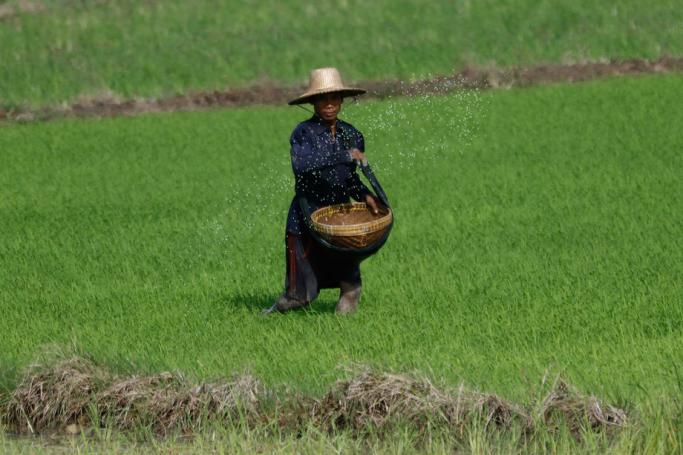Acknowledging the significance of the Regional Comprehensive Partnership (RCEP) agreement that was signed on the 15 November 2020, UNCTAD in its latest investment trends monitor points out that “the agreement has provisions related to market access and disciplines in trade, services and e-commerce are highly relevant for regional value chains and market seeking investments”.
In its assessment UNCTAD points out that “the agreement could help revive post-COVID-19 economic growth, intra-regional trade, and investments links at a time of global trade tensions and provide a framework for further regional cooperation”.
Significantly, it ties together many overlapping issues covered in many FTAs and BITs among the countries in the region.
UNCTAD points out that “by some measure RCEP is the world’s largest trade and investment block with the potential to boost exports of the members by over 10% by 2025”.
With member countries having widely varying development stages this grouping provides challenges as well as opportunities. RCEP agreement provides “opportunities for the lower income economies that are as yet to less integrated in trade and investment networks’. Intra-regional value chain trade is growing faster in the region and is expected further growth ‘due to shift in regional trade and investment patterns as a result of the trade tensions affecting China as well as post COVID supply chain diversification and resilience seeking investment trends”.
One important aspect of the UNCTAD analysis is that GVC patterns in the region are closely connected to FDI patterns. According its assessment “intra-regional industrial connections will support efficiency-seeking FDI and help post pandemic recovery and regional value chain growth”.
The UNCTAD assessment is upbeat in terms of green field investments flowing from developed countries of RCEP to the less developed ones. Pointing out the fact that ASEAN integration has led to an increase in intra-region investments, it says a similar pattern is expected with larger economies of the RCEP group investing within the member countries. FDI inflows in the financial sector through mergers and acquisitions, green field investments in the manufacturing sector and project finance within the region is expected to accelerate in the coming years. Sectors like renewable energy, extractives, non-renewable energy, industrial and transport infrastructure are some of the areas that can be of potential for countries like Myanmar in terms of project finance investments from other RCEP countries.
In the context of post-COVID-19 recovery, FDI private investment in the health sector is also expected to grow much faster in many RCEP countries. This is also one area that Myanmar has potential to attract FDI to improve its health infrastructure.
Indicating the success of ASEAN integration, UNCTAD assessment points out “(it) could be a blueprint for the potential impact of RCEP on FDI patterns”. Pointing out that the share of intra regional green field investments in ASEAN has doubled from 10% to more than 20% between 2010 and 2019 the RCEP agreement can be seen as a logical extension from this investment perspective.
According to UNCTAD assessment “The experience of ASEAN economic cooperation – at the heart of the RCEP group – suggests that investors in the region will react positively to enhanced cross-border opportunities”.
“The large RCEP market of more than 2.3 billion people with a combined GDP of $24 trillion will provide opportunities for market-seeking investment, including from outside the region”.
RCEP could stimulate investment for development. LDC members are expected to benefit as MNEs shift productive capacity from high cost locations to lower cost environments. Pointing out the current trend of investments from China, Japan and South Korea to the least developed countries of ASEAN region, UNCTAD assessment is optimistic that “RCEP could help narrow the development gap between LDCs and other members through investment, industrial connectivity and economic cooperation programmes under the agreement”. Such investments can also flow into the sectors that would contribute to SDGs.












